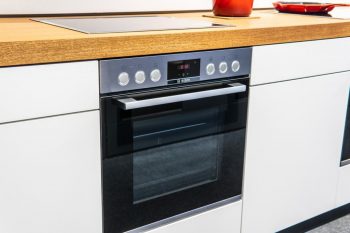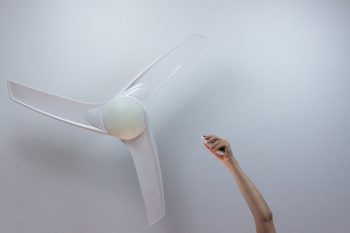
Air conditioners are an essential appliance these days, especially if you live in a country with hot and sticky weather.
If you are considering ways to keep your home or office cool and comfortable, you may have encountered the term ‘Multi-Split Air Conditioning System’ at some point.
With the evolution of air conditioning technology, multi-split air conditioning systems have become increasingly popular due to their versatility and flexibility. But what exactly is a multi-split air conditioning system?
This article will explain everything you need to know about multi-split air conditioning units, including how they work, their advantages and disadvantages, and how to install them.
Multi-split air conditioning units are common in office spaces and multi-story buildings due to their flexibility and versatility.
If you want to know about a split air conditioning system, here are some key points about a multi-split one.
- Has only one outdoor unit.
- The outdoor unit is connected to multiple indoor units via ducts and wires.
- The indoor units can be set to different temperatures.
- You typically can attach 2-5 indoor units with one outdoor unit.
- This system saves energy and money.
These systems have many advantages and are easier to install than traditional air conditioning units.
If you want to save money on your power bills, consider a multi-split air conditioning unit for your home or office.
In this article, you will learn what a multi-split air conditioner is, how it works, and a step-by-step guide on installing a multi-split air conditioning system and its advantages.
What Is a Multi-Split Air Conditioner?
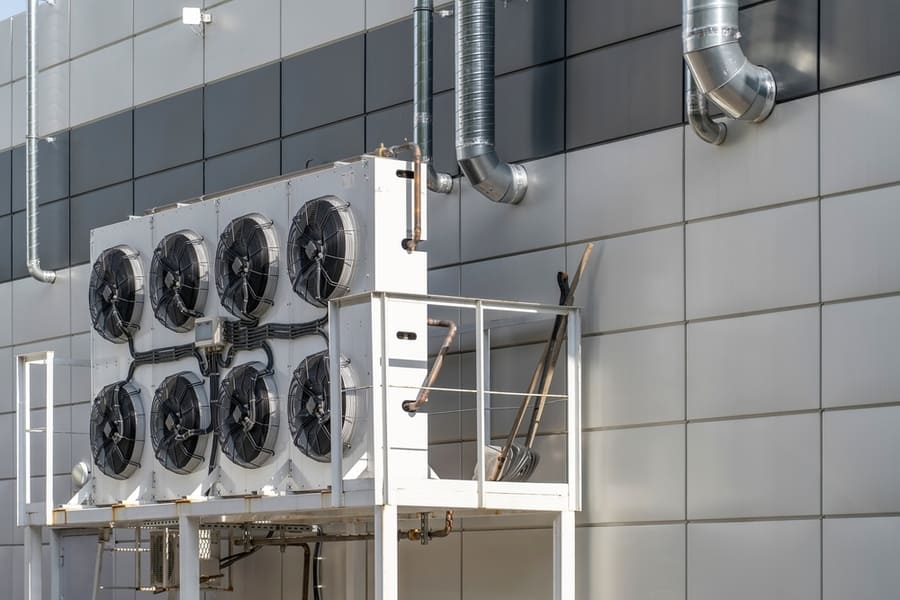
A multi-split air conditioner is a type of air conditioner that is designed to cool multiple rooms or areas from a single outdoor unit.
It consists of a single outdoor unit connected to multiple indoor units installed in different rooms or areas.
Each indoor unit can be controlled individually to provide customized temperature control in each room or area. In addition, multi-split air conditioners offer a flexible and efficient solution for cooling multiple rooms or areas from one outdoor unit.
With customizable temperature control and efficient operation, these systems are becoming increasingly popular in homes, offices, and businesses worldwide.
How Does a Multi-Split Air Conditioner Work?
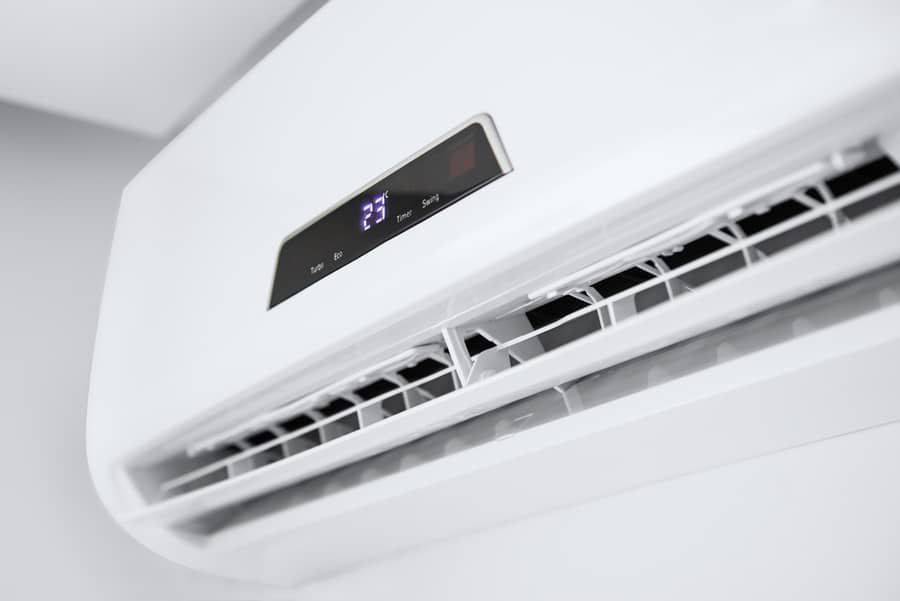
The multi-split air conditioner works on the same principles as a traditional split air conditioner, except it can cool multiple rooms or areas from a single outdoor unit.
The outdoor unit contains a compressor, a condenser, and an expansion valve, which work together to cool the refrigerant. The compressor is responsible for compressing the refrigerant gas, which increases its temperature and pressure.
The hot, high-pressure gas then flows to the condenser, which releases heat from the gas and converts it into a liquid.
Once the refrigerant has been cooled and condensed, it flows to the expansion valve, which controls refrigerant flow into the outdoor units. The expansion valve reduces the pressure of the refrigerant, causing it to expand and cool down rapidly.
This cooled and expanded refrigerant flows to the indoor unit via a series of pipes.
Each indoor unit contains an evaporator coil responsible for absorbing the heat from the room and cooling the air. As the warm air from the room passes over the evaporator coil, the refrigerant inside the coil absorbs the heat and cools down.
The cooled air is then blown back into the room by the indoor unit’s fan, while the heated refrigerant flows back to the outdoor unit to be re-cooled and re-circulated.
One of the key features of a multi-split air conditioner is the ability to control each indoor unit individually. Different rooms or areas can be set to different temperatures, providing customized temperature control throughout the home or office.
Each indoor unit has its thermostat, which communicates with the outdoor unit to adjust the refrigerant flow and maintain the desired temperature.
In addition to the indoor and outdoor units, a multi-split air conditioner also requires a series of pipes to connect and transport the refrigerant.
These Pipes must be insulated to prevent heat loss and ensure efficient operation. The size and length of the pipes will depend on the distance between the indoor units and the outdoor unit, as well as the number of indoor units being used.
Advantages of Multi Split Air Conditioners
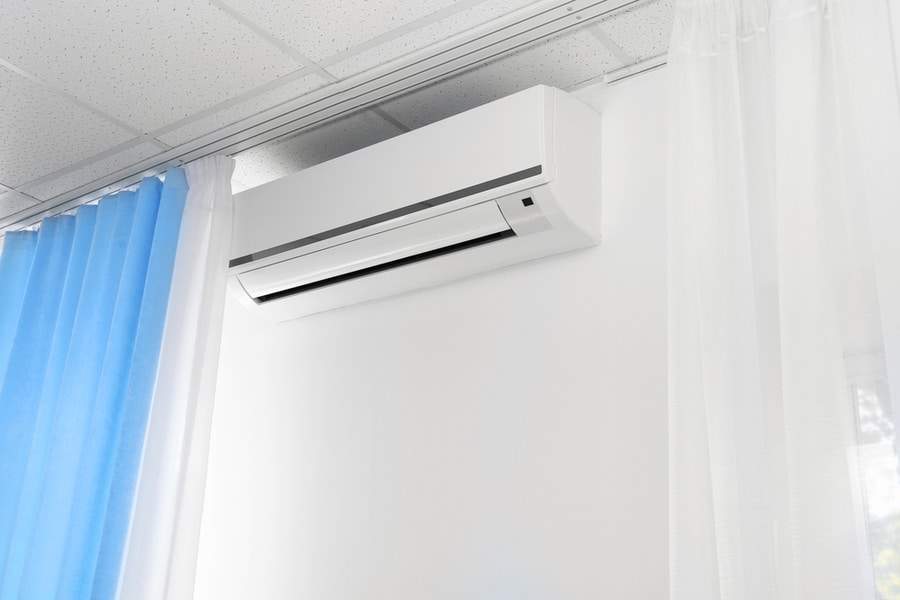
Multi-split air conditioners are becoming increasingly popular due to their advantages over traditional air conditioning systems.
Here are a few benefits of using a multi-split AC system:
- Energy Efficiency: Multi-split air conditioning systems are highly energy-efficient, consuming less power than traditional ones. They feature inverters that adjust the compressor’s speed to meet the required temperature needs, leading to significant energy savings.
- Cost-Effective: Multi-split air conditioning systems are cost-effective, reducing installation and maintenance costs, unlike traditional ones. It is because the system requires only one outdoor unit and multiple indoor units, making it easier to install and maintain.
- Zone Control: Multi-split AC systems offer zone control, allowing you to set different temperatures in your home or office zones. The system provides independent temperature control for each room, ensuring each space has a comfortable temperature.
- Flexible Installation: A multi-split air conditioning system is flexible since it can be mounted on a wall, ceiling, or even on the floor. Ducts and power supplies must only connect the multiple indoor units. It makes the system ideal for both residential and commercial properties.
- Space-saving: The multi-split air conditioning system is compact and space-saving, taking up less space than traditional air conditioning systems. It allows for more usable floor space, making it perfect for small apartments, condos, and offices.
- Quiet Operation: Multi-split air conditioning systems are designed to operate quietly, making them ideal for bedrooms, offices, and libraries. The system’s indoor units feature a noise-reducing design, ensuring it does not disturb your peace.
- Improved Air Quality: A multi-split air conditioning system features high-quality filters that remove dust, bacteria, and other air pollutants, improving indoor air quality. This makes the system ideal for people with respiratory problems and allergies.
- Easy to Maintain: Multi-split air conditioning systems are easy to maintain, with only one outdoor unit to service. In addition, it makes it easier for technicians to access the unit for maintenance and repairs.
- Increased Control: Multi-split air conditioning units offer increased control over your indoor environment, allowing you to adjust the temperature, fan speed, and other settings to your desired level. You can control the system using a remote, smartphone, or tablet.
- Longer Lifespan: Multi-split air conditioning systems have a longer lifespan than traditional ones, making them a wise investment in the long run. The system’s high-quality components and advanced technology ensure it can serve you for many years without issues.
How To Install a Multi-Split Air Conditioner
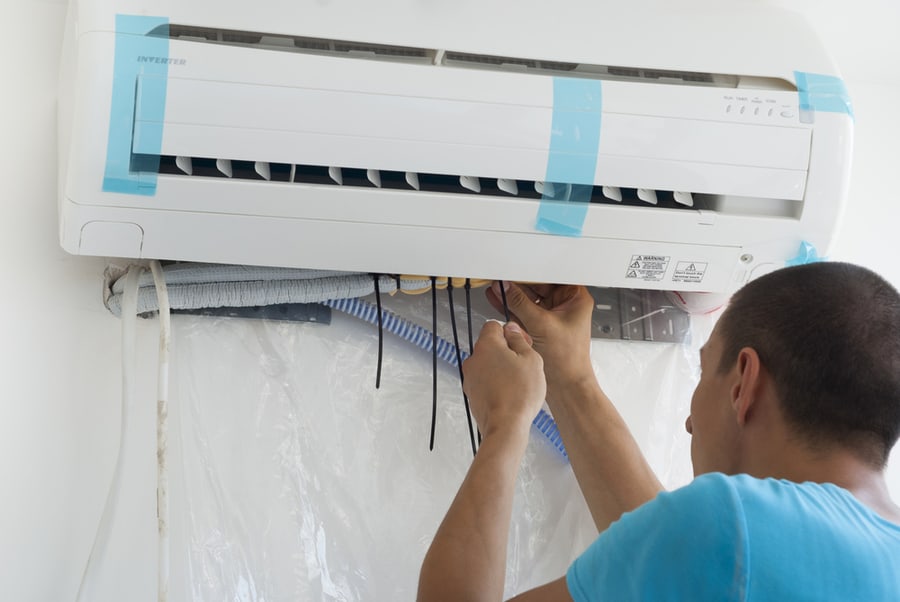
The installation process of a multi-split air conditioner involves the following steps.
- Determine the Number of Indoor Units: The first step in the installation process is to determine the number of indoor units required based on the number of rooms or areas that need to be cooled.
- Select the Location of the Indoor Units: The next step is to select the location of the indoor units in each room or area. The indoor units should be installed in a location that provides maximum cooling and air circulation.
- Install the Indoor Units: Once the location of the indoor units has been selected, the indoor units can be installed. The installation involves drilling a hole in the wall, mounting the indoor unit, and connecting the refrigerant pipes.
- Select the Location of the Outdoor Unit: The outdoor unit should be installed in an area that is easily accessible for maintenance and repair, and it should be at least 50cm away from any obstacles, such as walls or fences. The location should also have good ventilation and be free from obstructions that could block the airflow.
- Install the Mounting Bracket: The next step is to install the mounting bracket for the outdoor unit. The bracket should securely attach to a wall or other suitable structure using anchor bolts. The bracket should be level, and it should be able to support the weight of the outdoor unit.
- Connect the Refrigerant Lines: The refrigerant lines connect the indoor and outdoor units and allow the refrigerant to flow between them. The lines should be properly insulated and secured to prevent damage or leaks. The lines should also be properly sized to ensure the system operates efficiently.
- Connect the Electrical Wiring: The electrical wiring should be connected to the outdoor and indoor units. A licensed electrician should do this to ensure that the wiring is installed safely and meets all local electrical codes.
- Test the System: After the installation, the system should be tested to ensure it operates correctly. The system should be tested for refrigerant leaks and adequate refrigerant levels. The airflow and thermostat should be checked to ensure that it is adequate.
Conclusion
Multi-split air conditioning systems offer a cost-effective and energy-efficient way to cool multiple rooms or areas from a single outdoor unit.
These systems are easy to install and can be customized to meet the specific needs of each space, providing individual temperature control and ensuring maximum comfort.
Whether you want to cool a large home, office, or commercial space, a multi-split air conditioner is smart. With its advanced technology and user-friendly features, this air conditioning system offers year-round reliable and efficient cooling.
Moreover, multi-split air conditioners are designed to be eco-friendly, with many models featuring energy-saving modes and other eco-conscious features to help reduce your carbon footprint.
So, if you are a homeowner or a businessman using air conditioning units, consider upgrading to a multi-split air conditioning system and experience the convenience and comfort it brings to your indoor spaces.
Frequently Asked Questions
How Many Indoor Units Can I Connect to a Multi-Split Air Conditioning System?
A multi-split air conditioning system connects multiple indoor units to one outdoor unit.
The number of indoor units connected to a multi-split air conditioning system varies depending on the specific model and capacity of the outdoor unit. However, most multi-split systems can connect between 2-5 indoor units.
But a more powerful and capacitated unit can connect more than five indoor units. Therefore, when selecting a multi-split air conditioning system, it is crucial to consider the cooling needs of each room/area connected to the system.
Each indoor unit typically has its thermostat and can be individually controlled. Additionally, the capacity of the outdoor unit should be sufficient to handle the combined cooling load of all connected indoor units.
What Are the Most Common Problems With Multi-Split Air Conditioning Systems?
Multi-split air conditioning systems can experience issues like any air conditioning unit over time.
Some of the most common problems with multi-split air conditioning systems include refrigerant leaks, clogged air filters, a faulty thermostat, electrical issues, dirty outdoor units, low refrigerant levels, and other maintenance problems.
It is necessary to have a professional HVAC technician inspect and service your multi-split air conditioning system regularly to prevent these and other potential issues.
Routine maintenance can also help extend the system’s lifespan and improve its overall performance.






